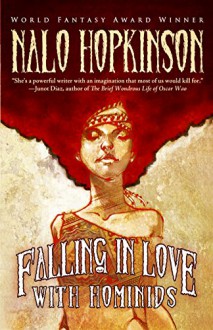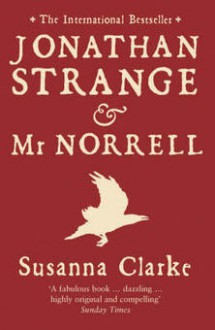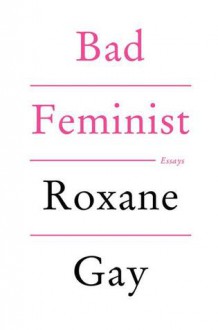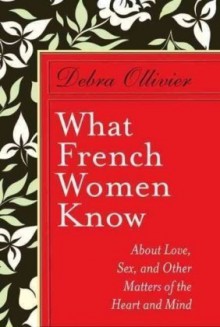
[I received a copy of this book through NetGalley, in exchange for an honest review.]
To be honest, I had no idea who Nalo Hopkinson was until I requested this book. But I was definitely interested to read stories by an author who seemed to have an approach stemming from a different culture than mine. I didn't know what to expect; I wasn't disappointed.
This collection features stories inspired from various sources, situations and ideas—the author mentiones some of those before each story. Ghosts haunting a mall keep reliving their deaths. Plants that find an unusual soil to grow. Retellings of “The Tempest” and “Bluebeard”. A story set in Bordertown. Another one in a world ravaged by a strange epidemic, forcing children to band together until they all fall sick as well.
Urban fantasy, fairy tales, science fiction, magical realism: Hopkinson weaves a lot of ideas in various settings, while never losing sight of human beings: their complexity, the depth of their feelings, all their doubts and ambiguities. A mother tries to make her teenage girl realise that “taming her hair” may amount to rejecting where she came from. Fairy beings, humans and “half-breeds” mingle in Bordertown, but do they all really accept each other? Beings preying at each other, feeding on each other, going through phases of desire and guilt, of doubt and acceptance. Beings with both monstrous and loving sides, displaying alien features yet also deeply human ones, like the girl turning into a dragon, but whose deep desire remains, all in all, to be accepted by others... her own self included.
Here are the stories I liked best in this anthology:
“The Easthound”: a children-oriented vision of a post-apocalyptic future, where everybody turns into a monster when they reach puberty. A band of kids doing their best to survive, knowing all too well, though, that sooner or later they'll have to kill one of their own, lest it kills them first.
“Shift”: a retelling of “The Tempest”, with themes revolving around identity, underlying racism, unfulfillable desires, and relationships that may be doomed to fail as soon as they are born.
“Old Habits”: ghosts trapped in the mall where they died, forced to go through their own deaths again and again, pining at the smells they can't perceive anymore.
“A Raggy Dog, a Shaggy Dog”: pretty creepy, in a fascinating way. A woman very well-versed in orchids has developed... interesting ways to find a partner.
“Blushing”: another retelling, this time of “Bluebeard”. We all know what the new bride is going to find in that room; how she will react, though, is always another matter.
“Ours Is The Prettiest”: I've never read any Bordertown stories, but I don't think the lack of background here would prevent someone from enjoying this stories. On a backdrop of enchantments, celebrations and impending danger, a woman is trying to help those around her... but is she right in doing so, or only making things worse?
“Message in a Bottle” was good, too, though I felt it lacked something—probably that something is “being turned into a novel”.

 Log in with Facebook
Log in with Facebook 










